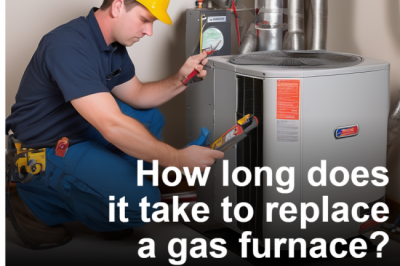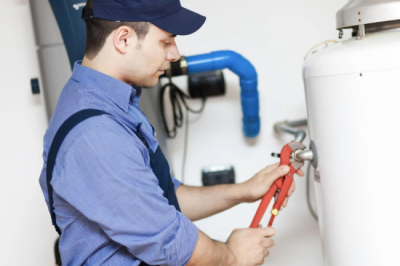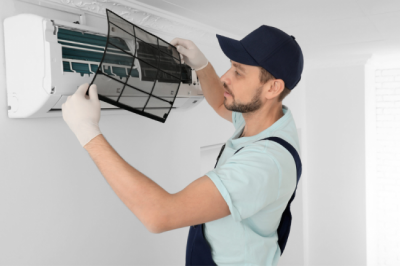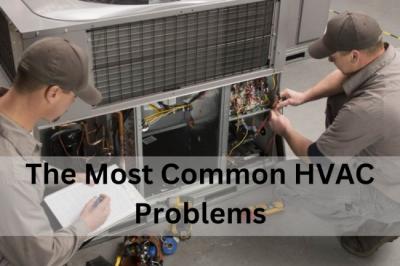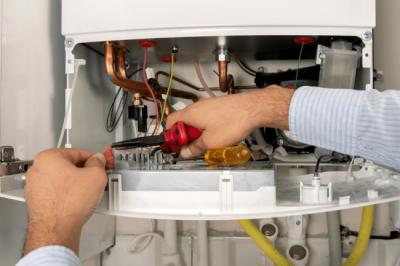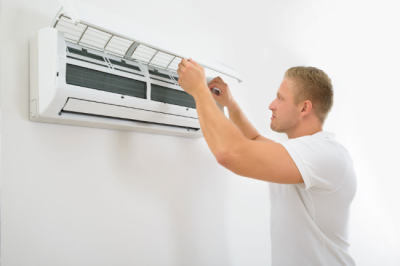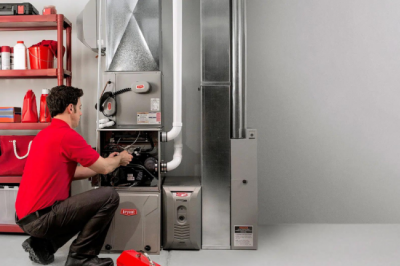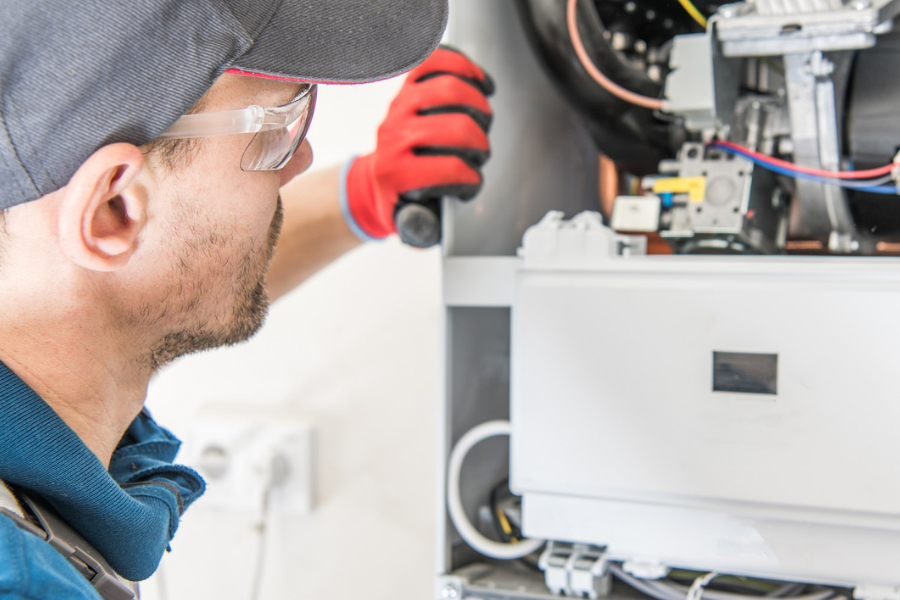
Signs Your Gas Furnace Need A Repair
The furnace is often the sole or primary appliance when heating a home. You and your loved ones depend on your home's furnace to keep you warm and cozy, no matter how harsh the winter weather is. Damage to property or harmful living conditions could result from a malfunctioning furnace, inconvenience, and suffering. As a homeowner, you should know the warning signs that indicate your gas furnace needs repair because a breakdown poses serious health hazards. The most alarming 07 signs that your gas furnace is malfunctioning and needs to be repaired are:
Irregular heating and cooling
Irregular On/Off cycle of the compressor
High utility bills
Spills
Decreased airflow
Noisy furnace
Cooling Off
Immediate and expert furnace repairs, including gas furnace services, are vital to avoid more costly and inconvenient problems down the road. In this blog, we will review seven typical indicators that it's time to call an HVAC professional to inspect and fix your furnace.
7 Signs Your Gas Furnace Needs Repair
1. Changes to the Preferences
When your heating system is in good working order, it should perform constantly. Unless you want to cater to certain family members' whims, you won't have to change your thermostat settings for the winter. The inefficiency of your furnace, not your setting choices, is to blame if you continually crank up the heat to maintain a comfortable temperature in your home. Find out why your unit isn't working efficiently by having a technician take a look.
2. Intermittent Beginnings and Endings
A cycle is the time between your heating system's automatic on and off times. If your furnace is working correctly, the cycle duration is exactly what you need to adjust to the temperature in your home. If your furnace is broken, it might cycle a lot or constantly. Your HVAC professional, like Indoor Comfort Solutions, will inspect the wiring and ignition system if your furnace starts and stops repeatedly or never stops at all.
3. Exorbitant Heating Expenses
Electric rates might skyrocket when there is a significant change in the weather. The quantity of energy required to heat your house, nevertheless, ought to be foreseeable, provided that your heating settings remain reasonably constant. During the winter, your furnace could cause a spike in your energy costs, including potential furnace repair costs. Examine your heating expenditures over the past several years if you see a shift in your bills but don't perceive it in your month-to-month billing. Your furnace requires repairs if your rates have stayed the same but the energy used to heat your home has increased.
4. Spills
Your furnace, like any other equipment, may need repairs if it starts leaking fluids or gases. Visually inspect your furnace unit at regular intervals during the winter. Pay close attention to the area surrounding the furnace for any signs of abnormalities, such as standing water or condensation. You shouldn't only look for obvious leaks and any gas leak symptoms. Immediately evacuate the area and contact your gas provider and a professional HVAC expert like Indoor Comfort Solutions if you detect any odor of rotten eggs or hissing near or from your furnace.
5. Air Flow Decrease
With the help of your furnace, hot air is forced to circulate all over your house. This air must be pushed through the system with enough heat and force to maintain the rooms at the ideal temperature. In the next part, we will talk about the absence of heat. Make an appointment with a furnace installation technician for a repair visit if you discover that your furnace isn't blowing air or only blows a little air when it operates. In most cases, a decrease in airflow indicates that either an obstruction has formed in the system or that the fans or motors responsible for managing the airflow have sustained damage.
6. Cooling Off
When it's chilly outside, your home could feel draughty because of issues with airflow or a lack of heat. Quick action is required if drafts emanate from your vents instead of around any doors or windows.To avoid using the furnace as an air conditioner during winter, turn off the system and contact an emergency HVAC installation company. When this happens, it's usually because of a problem with the pilot light or thermocouple, and fixing it could be a big deal.
7. Noises Such as Rattling or Whining
You probably don't even notice your furnace turning on since you're so used to hearing it. Get your furnace checked out immediately if you hear a noise change. Belt or motor failure can cause a rattling or banging sounds, while ignition system failure might provide whining or screeching sounds.A reliable HVAC professional should be contacted immediately if you observe any mix of the above indicators. To ensure your home's comfort system keeps it warm all winter, it's a good idea to see an HVAC expert who can help you find and fix any problems.Indoor Comfort Solutions has the skilled professionals you need for all your heating needs.
Frequently Asked Questions
When does a furnace typically break down?
A broken thermostat is among the most typical furnace issues. If the fan is always running, it's a dead giveaway that something is wrong with your thermostat. Because of this, your thermostat's battery will drain, leading to inefficient heating.
If you were to perform routine maintenance on a furnace, what would you examine first?
Because it is vital to the furnace's operation, checking the air filter is the first on our maintenance checklist. Whether your furnace runs on electricity, natural gas, propane, or oil, you must change the air filter regularly.
How many years does a gas furnace typically last?
About fifteen to twenty years. Your gas furnace has a potential lifespan of fifteen to twenty years with proper maintenance. On average, gas-fired furnaces last only briefly and, beyond the first decade, may need repairs more often. Consider getting a local HVAC technician to check on your gas furnace every six months as it approaches the 15-year mark.

